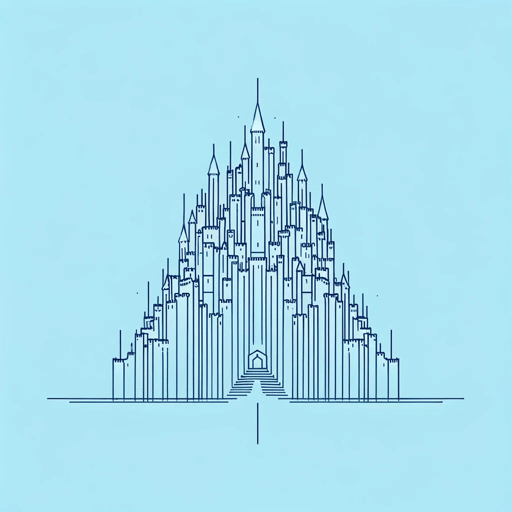34 pages • 1 hour read
Philip K. DickThe Minority Report
Fiction | Short Story | Adult | Published in 1956A modern alternative to SparkNotes and CliffsNotes, SuperSummary offers high-quality Study Guides with detailed chapter summaries and analysis of major themes, characters, and more.
Story Analysis
Analysis: “The Minority Report”
Philip K. Dick published “The Minority Report” at the height of McCarthyism and during a period of increasingly antiestablishment and antitraditional literature. The author, an avid reader of science fiction himself, was prone to anxiety and paranoia—especially regarding Communism (“Philip K. Dick.” Encyclopedia of World Biography Online, vol. 28, Gale, 2008. Gale In Context: Biography). He also relied on drugs like amphetamines for much of his life (Satifka, Erica L. “Vast Active Living (Possibly) Insane System: Paranoia and Antiauthoritarianism in the Work of Philip K. Dick.” Dangerous Visions and New Worlds: Radical Science Fiction, 1950 to 1985, edited by Andrew Nette and Iain McIntyre, E-book, Hoopla ed., PM Press, Oakland, CA, 2021, pp. 46-55). These elements often surface in his work—for example, in Anderton’s suspicion of his coworkers after he is accused of murder, as well as in the negative portrayal of national governing bodies such as the army and the Senate. The undercover espionage and manipulation of Page and Fleming (with Kaplan as the mastermind) recalls Dick’s own experience with the FBI, which attempted to entice him and his wife to spy on student activists at the University of Mexico (Satifka 46); Dick and his wife refused, but the experience had a lasting psychological effect.
Related Titles
By Philip K. Dick

A Scanner Darkly
Philip K. Dick

Do Androids Dream of Electric Sheep
Philip K. Dick

I Hope I Shall Arrive Soon
Philip K. Dick

The Eyes Have It
Philip K. Dick

The Man In The High Castle
Philip K. Dick

The Three Stigmata of Palmer Eldritch
Philip K. Dick

Ubik
Philip K. Dick

We Can Remember It for You Wholesale
Philip K. Dick

